A recent paper on the genetic origins and interrelationships of native chickens of East Africa revealed that
there is a surprising amount of genetic diversity amongst native fowls of East Africa.
No one is certain just when chickens arrived in Sub-Saharan Africa.
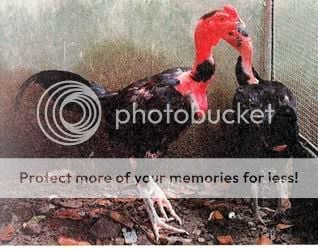
The giant Comoros Isles Junglefowl with their naked necks and curious crests were present in Madagascar as early as 200 A.D. Austronesians carried this -what is probably an actual species not a breed- all over Oceania and the Pacific. Any naked neck chicken accrued the trait from this giant island race or species. There may have been two different races of the same species on two different island in the Comoros.
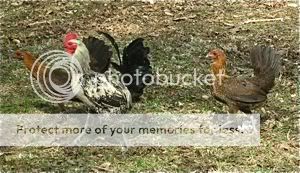
Ancient Bigawi fowl of Upper Egypt were established in the Aksumite Kingdom of Ethiopia by the 4th Century A.D.. The trio pictured here are of the "Cinnamon" phenotype. This what "Fayoumi" look like in the Red Sea Hills and Upper (Southern Egypt) where the soil is dark. Light coloured hens come from where the substrate is white sand. There is a third form from Qena Egypt where the females are leaden grey- very much like the female Buana chicken.
Subsequent importations of Asil from western India and Cochin fowl from southern China were a composite stock common in Asiatic communities of South Africa, Uganda, Kenya and Somalia for over a century. This group of typically Asiatic and Indian races we'll set aside for a moment to focus on characteristically African breeds.
Chickens are amongst the most valuable livestock species for many rural village communities. Native breeds are few and far between. Very few are common. Specific regions have their own unique breeds of fowl and it's puzzling to me how African breeds, save for the Fayoumi and Madagascar Games are virtually unknown outside of Europe and Africa.
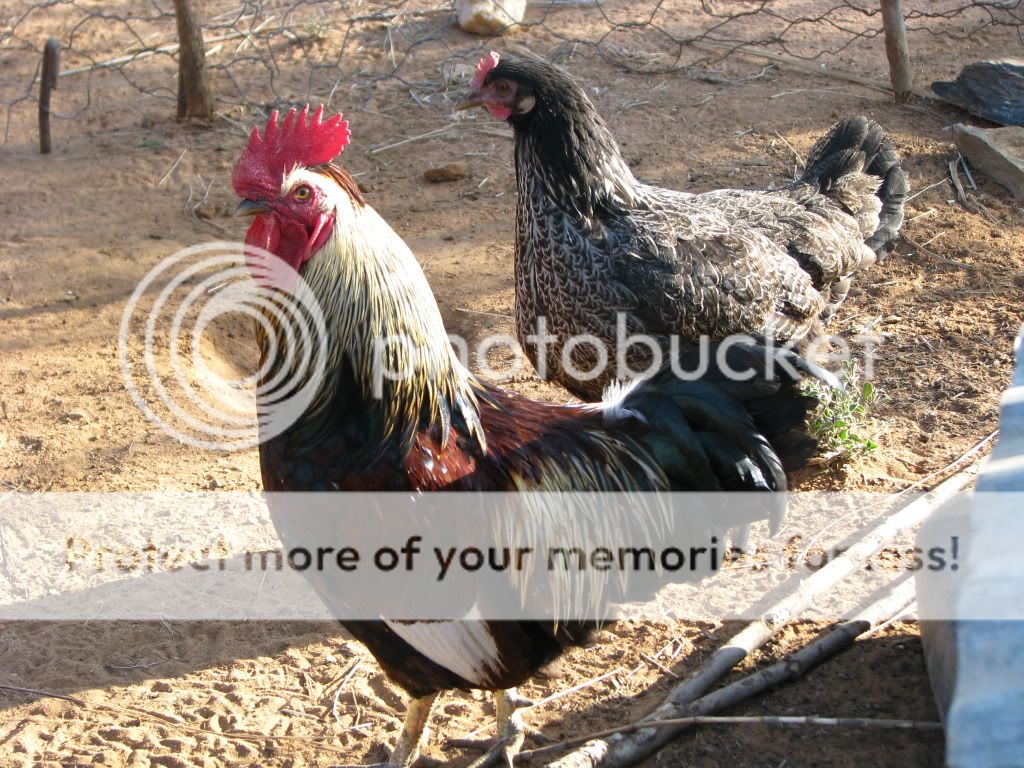
My personal favorite the Bwana Kisumu Chicken of Uganda and Kenya is the focus of this thread.
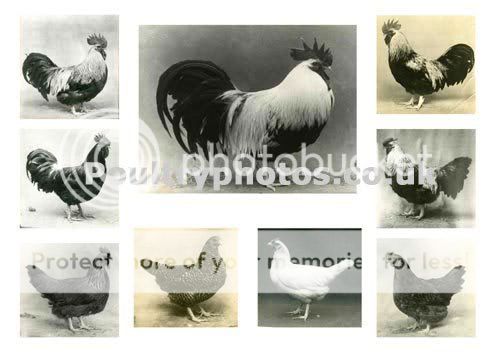
In very recent times, British Colonialists farmed Dorking fowl somewhat intensively. Thousands of top quality Dorkings were imported into Kenya and Uganda at least two or three times a year.
A century or two later and descendants of the British Dorking have interbred extensively with the Bigawi X Malagasy composite, by then, already well established in East Africa. The birds are colorful and lively- somehow capable of avoiding predation even though they are big bodied birds.
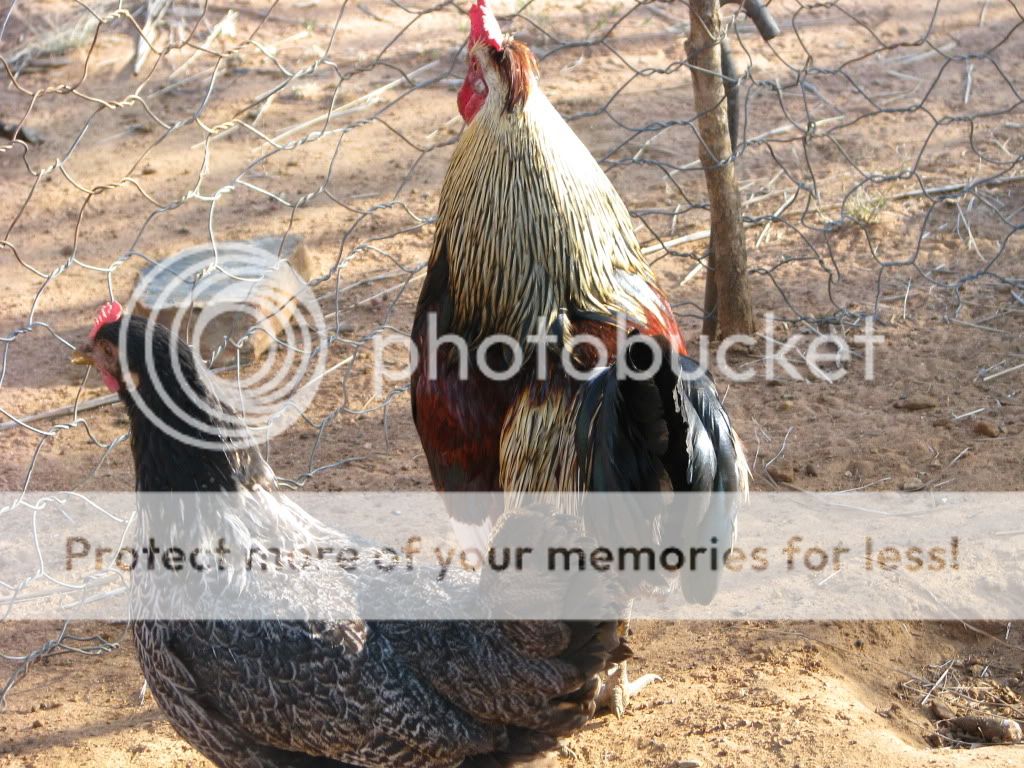
there is a surprising amount of genetic diversity amongst native fowls of East Africa.
No one is certain just when chickens arrived in Sub-Saharan Africa.

The giant Comoros Isles Junglefowl with their naked necks and curious crests were present in Madagascar as early as 200 A.D. Austronesians carried this -what is probably an actual species not a breed- all over Oceania and the Pacific. Any naked neck chicken accrued the trait from this giant island race or species. There may have been two different races of the same species on two different island in the Comoros.

Ancient Bigawi fowl of Upper Egypt were established in the Aksumite Kingdom of Ethiopia by the 4th Century A.D.. The trio pictured here are of the "Cinnamon" phenotype. This what "Fayoumi" look like in the Red Sea Hills and Upper (Southern Egypt) where the soil is dark. Light coloured hens come from where the substrate is white sand. There is a third form from Qena Egypt where the females are leaden grey- very much like the female Buana chicken.
Subsequent importations of Asil from western India and Cochin fowl from southern China were a composite stock common in Asiatic communities of South Africa, Uganda, Kenya and Somalia for over a century. This group of typically Asiatic and Indian races we'll set aside for a moment to focus on characteristically African breeds.
Chickens are amongst the most valuable livestock species for many rural village communities. Native breeds are few and far between. Very few are common. Specific regions have their own unique breeds of fowl and it's puzzling to me how African breeds, save for the Fayoumi and Madagascar Games are virtually unknown outside of Europe and Africa.

My personal favorite the Bwana Kisumu Chicken of Uganda and Kenya is the focus of this thread.

In very recent times, British Colonialists farmed Dorking fowl somewhat intensively. Thousands of top quality Dorkings were imported into Kenya and Uganda at least two or three times a year.
A century or two later and descendants of the British Dorking have interbred extensively with the Bigawi X Malagasy composite, by then, already well established in East Africa. The birds are colorful and lively- somehow capable of avoiding predation even though they are big bodied birds.

Last edited:





